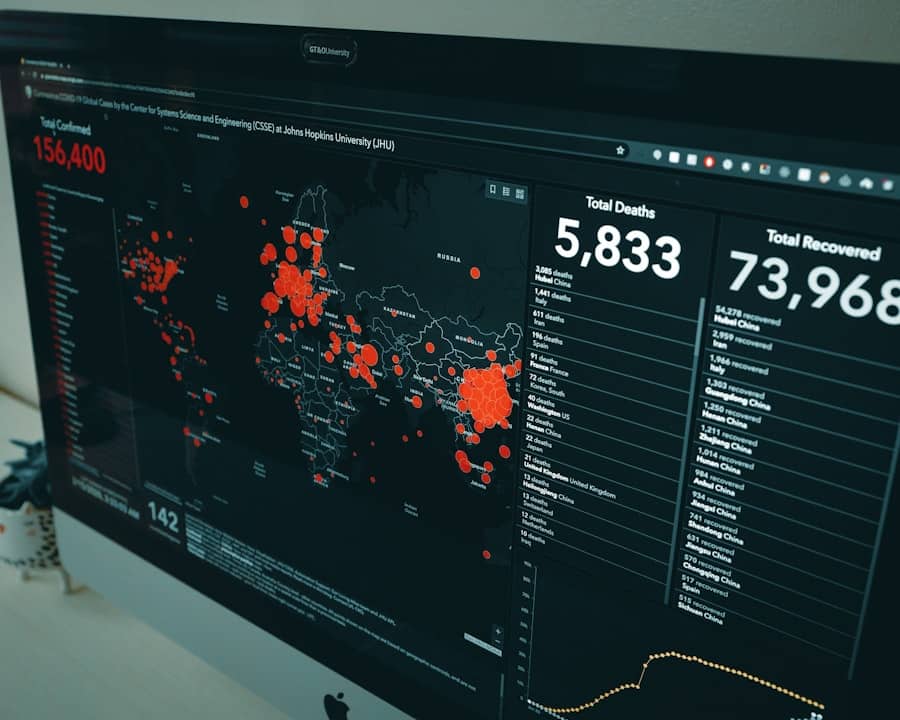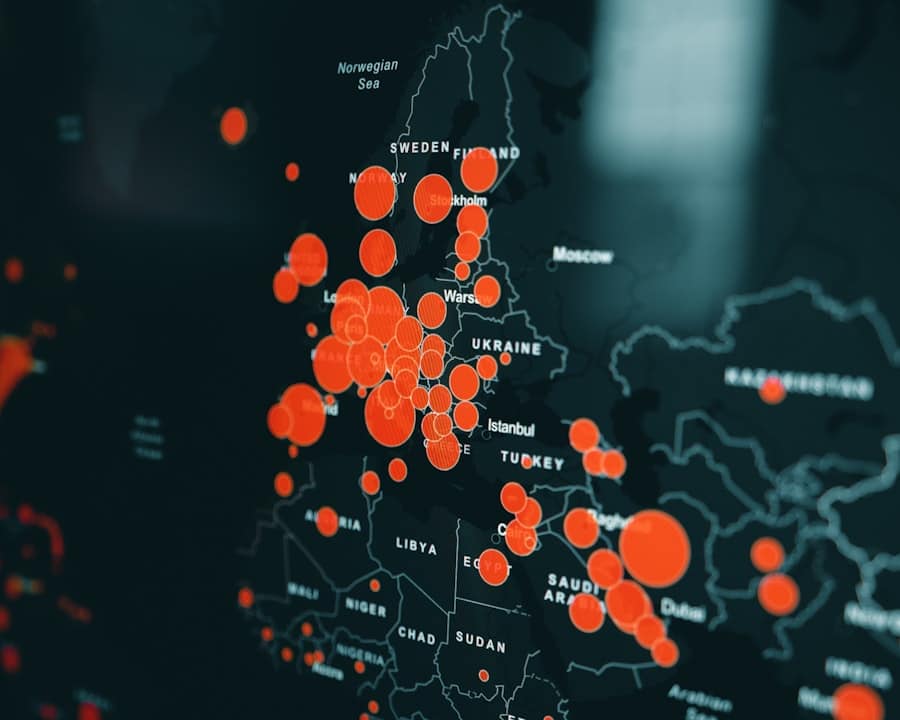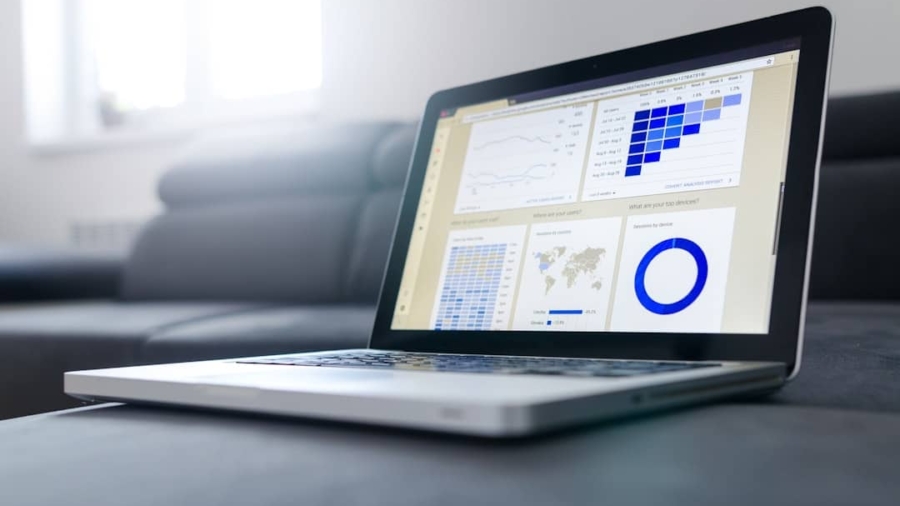The financial markets are complex ecosystems where myriad transactions occur every second, driven by a multitude of factors including economic indicators, investor sentiment, and geopolitical events. Within this intricate web, market manipulation poses a significant threat to the integrity of these systems. Market manipulation can take various forms, such as pump-and-dump schemes, spoofing, and wash trading, all of which distort the true value of assets and undermine investor confidence.
This is where artificial intelligence (AI) comes into play, offering innovative solutions that can enhance the detection and prevention of market manipulation. AI technologies, particularly machine learning and natural language processing, have the potential to revolutionize how financial institutions monitor trading activities.
By analyzing vast amounts of data in real-time, AI can identify patterns and anomalies that may indicate manipulative behavior. The ability to process unstructured data, such as news articles and social media posts, further enriches the analytical capabilities of AI systems. As regulatory bodies and financial institutions increasingly recognize the importance of maintaining market integrity, the integration of AI into market surveillance systems is becoming not just advantageous but essential.
Key Takeaways
- AI plays a crucial role in detecting market manipulation by analyzing large volumes of data and identifying patterns that may indicate fraudulent activities.
- Current challenges in detecting market manipulation include the complexity of financial markets, the speed at which trading occurs, and the ability of manipulators to adapt their strategies to avoid detection.
- AI enables real-time market monitoring by continuously analyzing market data and identifying anomalies or suspicious activities that may indicate market manipulation.
- Advancements in AI technology, such as natural language processing and deep learning, have improved the accuracy and efficiency of market manipulation detection.
- AI has the potential to impact market regulation and compliance by providing regulators with better tools for monitoring and enforcing market integrity, but ethical considerations must be taken into account to ensure fair and transparent market surveillance.
Current Challenges in Detecting Market Manipulation
Despite advancements in technology, detecting market manipulation remains fraught with challenges. One of the primary obstacles is the sheer volume of data generated in financial markets. Millions of trades occur daily across various platforms, making it difficult for traditional monitoring systems to keep pace.
These systems often rely on predefined rules and thresholds that can be easily circumvented by sophisticated manipulators who adapt their strategies to exploit loopholes. Consequently, there is a pressing need for more dynamic and responsive detection mechanisms that can evolve alongside manipulative tactics. Another significant challenge lies in the complexity of human behavior and decision-making in financial markets.
Market participants are influenced by a myriad of psychological factors, which can lead to irrational trading patterns that may mimic manipulation. Distinguishing between legitimate trading activity and manipulative behavior requires a nuanced understanding of market dynamics. Furthermore, regulatory frameworks often lag behind technological advancements, creating a gap that manipulators can exploit.
This disconnect underscores the necessity for innovative solutions that not only enhance detection capabilities but also align with evolving regulatory standards.
Role of AI in Real-Time Market Monitoring

AI’s role in real-time market monitoring is transformative, enabling financial institutions to respond swiftly to potential manipulative activities. Machine learning algorithms can analyze trading patterns in real-time, identifying deviations from established norms that may signal manipulation. For instance, if a stock experiences an unusual spike in trading volume accompanied by a sudden price increase, AI systems can flag this activity for further investigation.
This proactive approach allows regulators and compliance teams to act before significant damage occurs. Moreover, AI can integrate multiple data sources to provide a comprehensive view of market conditions. By incorporating data from social media platforms, news outlets, and economic indicators, AI systems can contextualize trading activity within broader market trends.
This holistic perspective enhances the accuracy of detection algorithms, reducing false positives and enabling more effective responses to genuine threats. The ability to monitor markets continuously and adaptively positions AI as a critical tool in safeguarding market integrity.
Advancements in AI Technology for Market Manipulation Detection
Recent advancements in AI technology have significantly enhanced the capabilities of market manipulation detection systems. One notable development is the use of deep learning techniques, which allow algorithms to learn from vast datasets without explicit programming. These models can identify complex patterns that traditional methods might overlook.
For example, convolutional neural networks (CNNs) have been employed to analyze time-series data from trading activities, enabling the detection of subtle manipulative behaviors that manifest over time. Natural language processing (NLP) has also emerged as a powerful tool in this domain. By analyzing sentiment from news articles and social media posts, NLP algorithms can gauge public perception and its potential impact on market movements.
For instance, if a negative news story about a company coincides with unusual trading activity, AI systems can correlate these events to assess whether manipulation is at play. The integration of NLP with traditional quantitative analysis creates a more robust framework for detecting manipulation, allowing for a multidimensional approach that considers both numerical data and qualitative insights.
Potential Impact of AI on Market Regulation and Compliance
The integration of AI into market manipulation detection has profound implications for regulation and compliance within financial markets. Regulatory bodies are increasingly recognizing the need for advanced technologies to enhance their oversight capabilities. AI-driven systems can provide regulators with real-time insights into market activities, enabling them to identify potential violations more efficiently than traditional methods allow.
This shift towards technology-driven regulation not only improves compliance but also fosters greater transparency within financial markets. Furthermore, AI can assist firms in meeting regulatory requirements by automating compliance processes. For instance, machine learning algorithms can continuously monitor trading activities against regulatory standards, flagging any discrepancies for review.
This automation reduces the burden on compliance teams and allows them to focus on more strategic tasks. As regulatory frameworks evolve to accommodate technological advancements, AI will play a pivotal role in shaping the future landscape of market regulation.
Ethical Considerations in AI-Powered Market Surveillance

While the benefits of AI in market manipulation detection are substantial, ethical considerations must also be addressed. The deployment of AI technologies raises questions about privacy and data security, particularly when monitoring individual trading activities. Striking a balance between effective surveillance and respecting the rights of market participants is crucial.
Regulatory frameworks must evolve to ensure that AI systems operate transparently and ethically while still fulfilling their intended purpose. Moreover, there is the risk of algorithmic bias in AI systems, which could lead to unfair targeting of certain market participants or misinterpretation of legitimate trading behaviors as manipulative. Ensuring that AI algorithms are trained on diverse datasets and regularly audited for bias is essential to maintain fairness in market surveillance.
As financial institutions adopt AI technologies, they must prioritize ethical considerations alongside technological advancements to foster trust among investors and uphold the integrity of financial markets.
Future Trends in AI for Real-Time Market Manipulation Detection
Looking ahead, several trends are likely to shape the future of AI in real-time market manipulation detection. One significant trend is the increasing collaboration between financial institutions and technology firms specializing in AI solutions. This partnership will facilitate the development of more sophisticated algorithms tailored specifically for detecting manipulation across various asset classes.
As these collaborations deepen, we can expect innovations that enhance both the speed and accuracy of detection systems. Another emerging trend is the integration of blockchain technology with AI for market surveillance. Blockchain’s inherent transparency and immutability can complement AI’s analytical capabilities by providing a secure and verifiable record of transactions.
This synergy could lead to more robust detection mechanisms that not only identify manipulation but also trace its origins within the blockchain ecosystem. As both technologies continue to evolve, their convergence may redefine how market integrity is maintained.
The Role of AI in Safeguarding Market Integrity
The integration of artificial intelligence into market manipulation detection represents a significant leap forward in safeguarding the integrity of financial markets. By harnessing advanced algorithms capable of analyzing vast datasets in real-time, financial institutions and regulatory bodies can proactively identify and address manipulative behaviors before they escalate into larger issues. As technology continues to advance, so too will the methods employed to ensure fair and transparent markets.
However, as we embrace these technological advancements, it is imperative to remain vigilant about ethical considerations and potential biases inherent in AI systems. The future landscape of market regulation will undoubtedly be shaped by ongoing innovations in AI technology, necessitating a collaborative approach between regulators, financial institutions, and technology providers. Ultimately, the successful implementation of AI in market manipulation detection will not only enhance compliance but also foster greater trust among investors, ensuring that financial markets remain robust and resilient against manipulation.
In a recent article discussing the future of AI in detecting market manipulation in real time, it is fascinating to see how technology is advancing to combat fraudulent activities in financial markets. This innovation aligns with the trend of utilizing AI to enhance various aspects of our lives. For those interested in exploring more cutting-edge technology, the Samsung Galaxy Book Flex2 Alpha offers a platform to unlock creative potential. Additionally, Instagram’s recent update adding a dedicated spot for pronouns showcases how technology is evolving to cater to diverse user needs. To learn more about the latest tech trends and innovations, check out this article.
FAQs
What is market manipulation?
Market manipulation refers to the act of artificially inflating or deflating the price of a security or otherwise influencing the behavior of the market for personal gain.
How is AI currently being used to detect market manipulation?
AI is currently being used to analyze large volumes of market data in real time to identify patterns and anomalies that may indicate market manipulation. This includes analyzing trading activity, news sentiment, and social media activity to detect potential manipulation.
What are the benefits of using AI to detect market manipulation in real time?
Using AI to detect market manipulation in real time allows for quicker identification of potential manipulation, which can help prevent market abuse and protect investors. It also allows for more efficient monitoring of market activity and can help regulatory authorities enforce compliance with market regulations.
What are the challenges of using AI to detect market manipulation?
Challenges of using AI to detect market manipulation include the need for high-quality data, the complexity of market behavior, and the need for sophisticated algorithms to accurately identify manipulation. Additionally, there are ethical considerations around the use of AI in monitoring and regulating market activity.
What is the future outlook for AI in detecting market manipulation?
The future of AI in detecting market manipulation looks promising, with continued advancements in AI technology and increased adoption of AI-powered surveillance systems by regulatory authorities and financial institutions. This is expected to lead to more effective and efficient detection and prevention of market manipulation.

